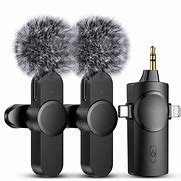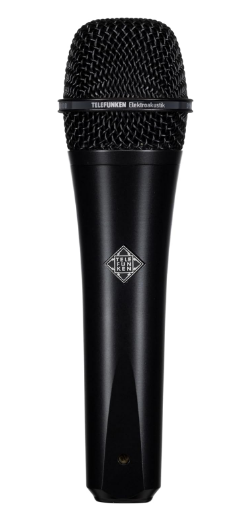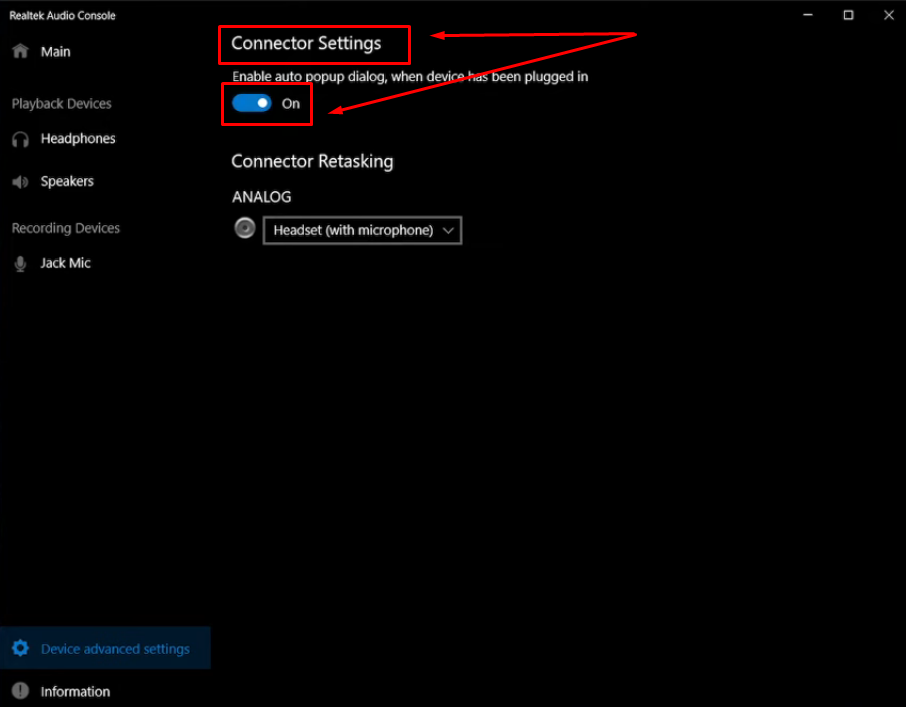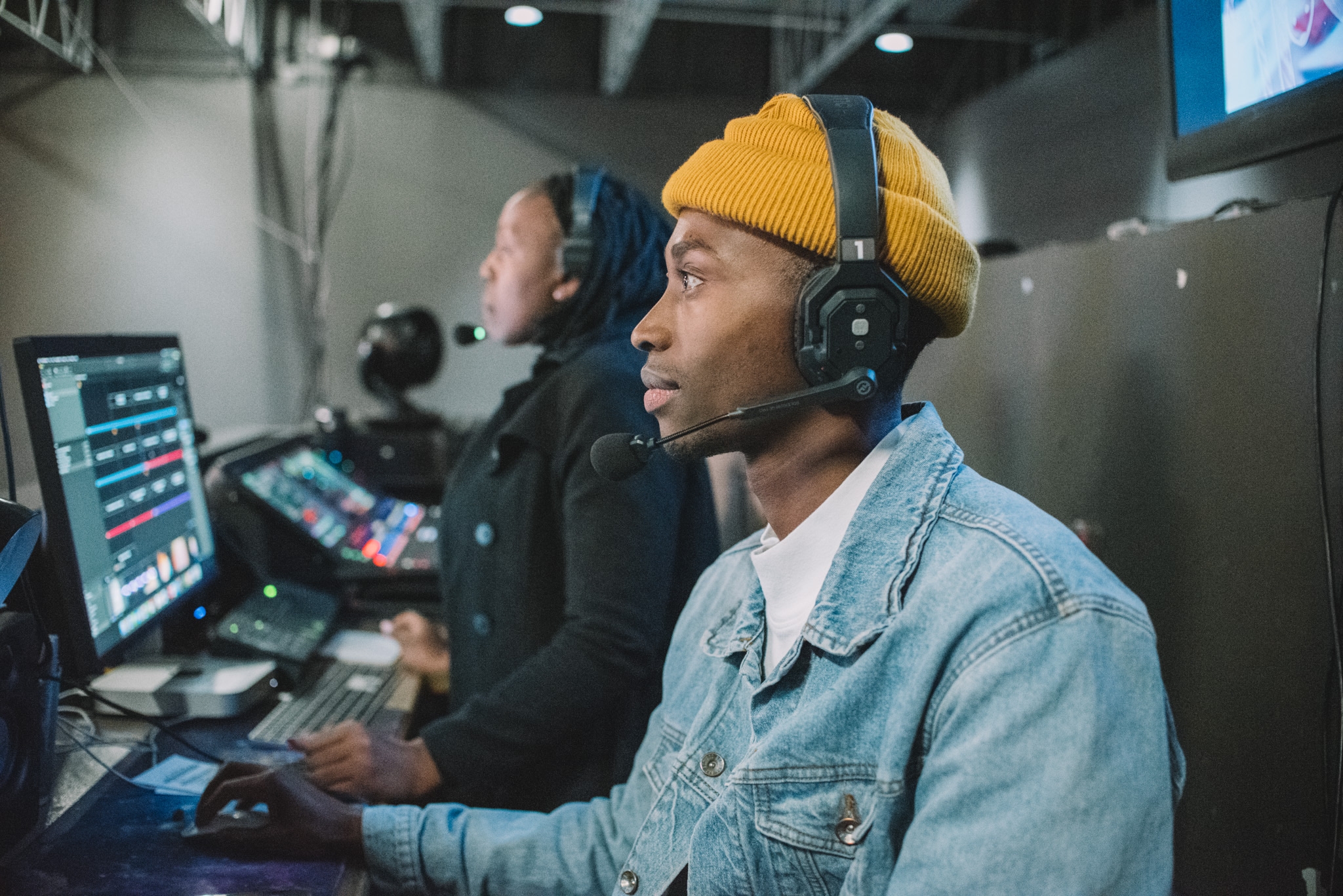You most likely have a starter YouTube channel and are trying to increase the number of subscribers who watch your videos. Or perhaps you simply aspire to have a sound system that is similar to Markiplier’s. No need to worry; this blog is for you.

We’ll go over a couple Markiplier microphones he’s used in the past and now. We’ll also provide some vocal training advice for individuals looking to better understand their YouTube channel. By doing this, you’ll boost viewer engagement and get the most out of your channel. then let’s get going!
Who is Markiplier?
Markiplier, whose real name is Mark Edward Fischbach, is a popular American YouTuber and Twitch streamer. He is known for his gaming content and has amassed a large following on both platforms, with over 34 million subscribers on YouTube. Markiplier is also involved in various philanthropic efforts, including raising money for charities through his livestreams.

He currently has one of the most subscribers on YouTube (34.7 million), ranking among the top users. He is obviously well-known in the YouTube community. The first video he produced was on April 4, 2012. His first content was to develop a sketch comedy show in which he would “multiply” himself by taking on various characters.
Importance of Microphones for Content Creators
For content creators like Markiplier, having a high-quality microphone is crucial for producing engaging and professional videos and streams. A good microphone can help ensure clear and crisp audio, reduce background noise and interference, and provide a more immersive experience for the audience.
Overview of Markiplier’s Microphone
This article aims to answer the question of what microphone Markiplier uses and provide a detailed review of its features and performance. Additionally, we will compare Markiplier’s microphone to other popular options and provide tips on choosing and using microphones for content creation.
Brand and Model
Markiplier is seen using the Shure KSM44A, Shure SM7B, Rode NT1 and Rode Procaster microphone for his content creation online. Shure is a respected brand of audio equipment based in Chicago known for producing high-quality microphones and headphones. Their products are widely used in various settings and are known for their durability and clear sound. The brand is well-regarded by audio professionals and enthusiasts.
Whereas, Rode is an Australian-based company that specializes in designing and manufacturing professional-grade microphones and related accessories.
Type of Microphone
Shure KSM44A: The Shure KSM44A is a versatile large-diaphragm condenser microphone used in professional studios and live sound applications. It features multiple polar patterns, low-frequency roll-off, and a 15 dB pad. It has low self-noise and high 131 dB SPL handling capability for loud sources like drums and guitars.
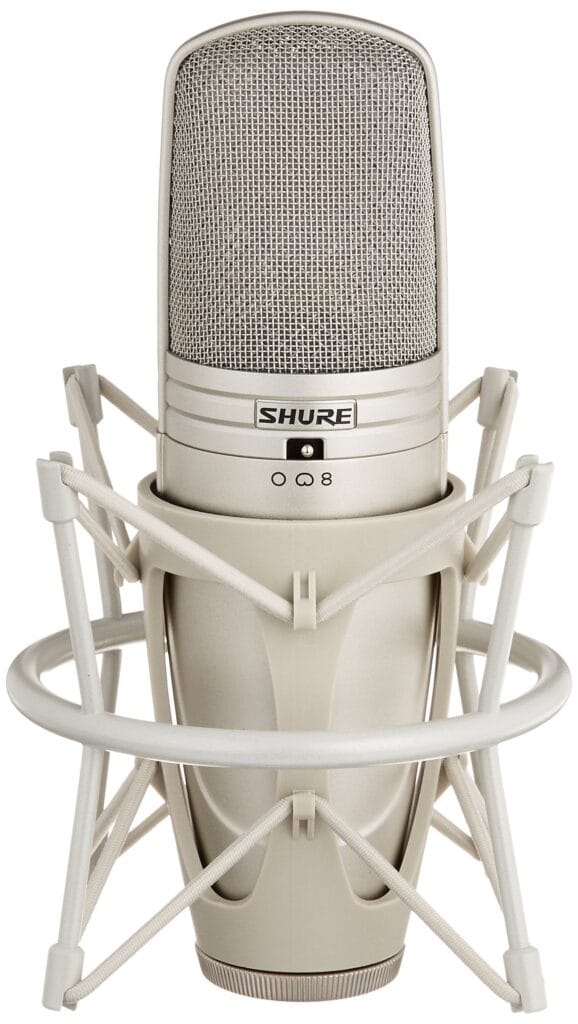
Shure SM7B: The Shure SM7B is a dynamic microphone designed for broadcasting and recording vocals in professional studios. It has a warm sound and reduces background noise and electromagnetic hum. It features bass roll-off, mid-range boost controls, and a pop filter to minimize plosives. The SM7B is versatile and suitable for various vocal styles and instruments.

Rode NT1: The Rode NT1 is a versatile large-diaphragm condenser microphone used for recording vocals and acoustic instruments. It has a cardioid polar pattern and tailored frequency response for natural, detailed sound. It has low self-noise and high 132 dB SPL handling capability for subtle nuances and loud sources. The NT1 is durable, versatile, and affordable compared to other professional-grade condenser microphones.

Rode Procaster: The Rode Procaster is a dynamic microphone, which means it uses a moving coil to convert sound into electrical signals. Dynamic microphones are ideal for recording vocals and instruments, as they are less sensitive to ambient noise and can handle high sound pressure levels without distortion.

On the contrary, some wireless microphones can also handle high SPLs, just like the latest Hollyland Lark M2S wireless microphone system. Lark M2S is engineered with a titanium clip-on, making each transmitter fit your clothing without slipping down or stretching your shirt. Cherry on the top! Its logo-free design gives content creators a clean and professional appearance, whether recording personal or sponsored content. What’s more? The 48kHz/24-bit audio quality, dual-level noise cancellation, 1000 feet wireless range, and RF interference-resistant circuit for the stable audio – all-in-one package!
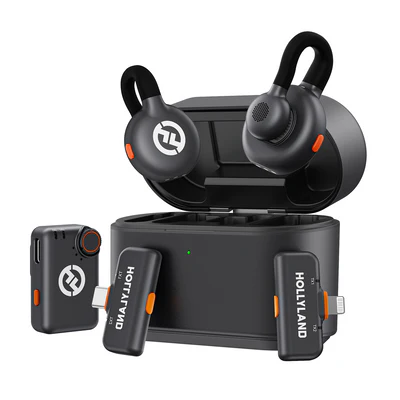
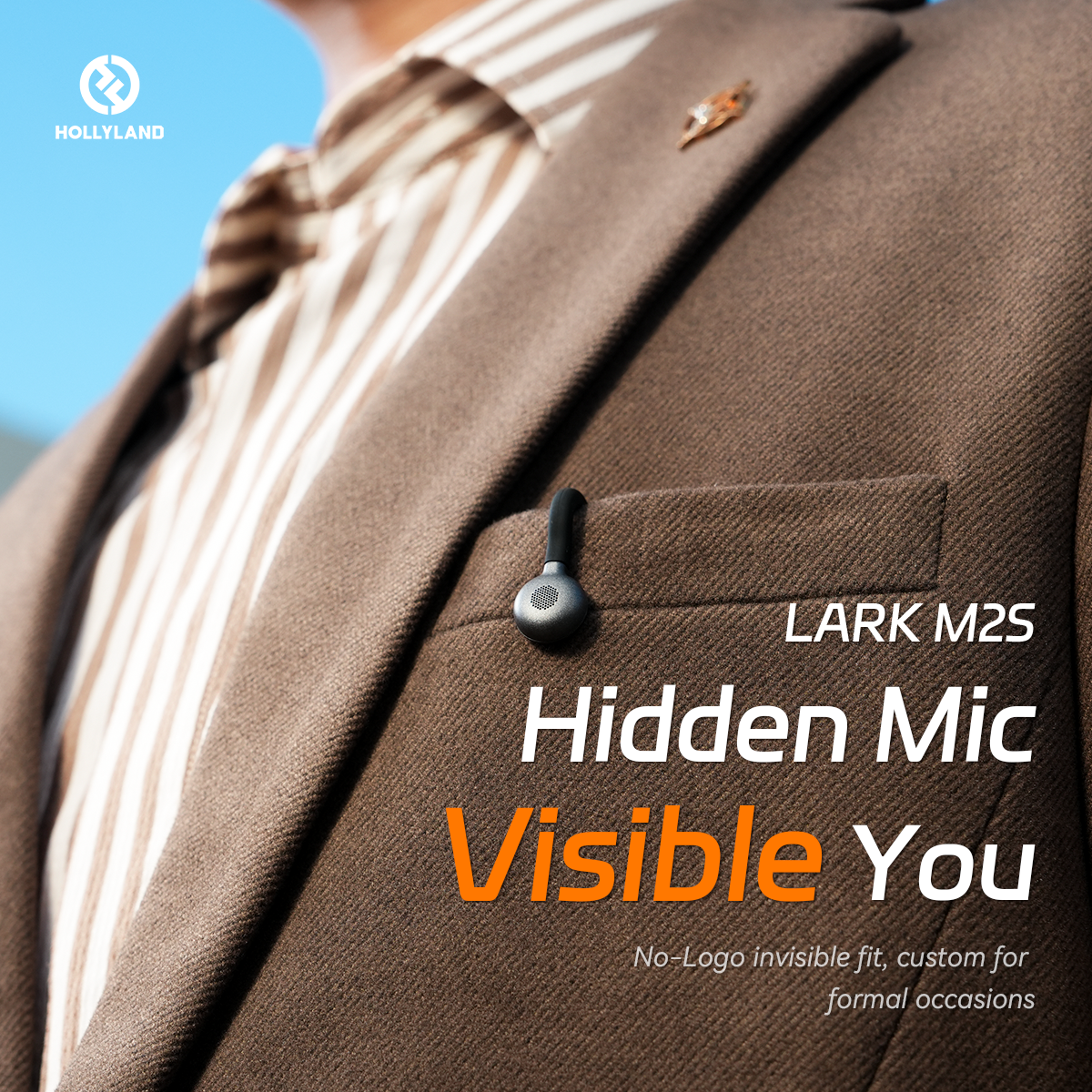
Hollyland LARK M2S - Wireless Hidden Microphone
An ultra-discreet wireless microphone featuring a clip-on transmitter for an “invisible” fit.
Key Features: No-Logo Fit | Ti+ Design | 48 kHz/24-bit
Cost
Shure KSM44A: The Shure KSM44A is a high-end microphone and is priced at around $799. While it may be more expensive than some mid-range microphones, it offers exceptional quality and versatility for professional recording applications.
Shure SM7B: The Shure SM7B is a high-end dynamic microphone and is priced at around $399. While it may be more expensive than some entry-level microphones, it is widely considered to be one of the best microphones for professional vocal recording and broadcasting applications, with its smooth, warm sound and advanced noise-reducing features.
Rode NT1: The Rode NT1 is a mid-range large-diaphragm condenser microphone and is priced at around $199. While it may be more expensive than some entry-level microphones, it offers exceptional value for its price with its natural, detailed sound and low self-noise level. It is a popular choice for professional and home studios alike.
Rode Procaster: The Rode Procaster is a mid-range microphone and is priced at around $229. While it may be more expensive than some entry-level microphones, it is still relatively affordable for its quality and features.
Comparison of all Microphones used by Markiplier
| Microphone Model | Type | Polar Pattern | Frequency Response | Self-Noise Level | SPL Handling | Price |
| Shure KSM44A | Condenser | Multi-pattern | 20 Hz – 20 kHz | 4 dBA | 131 dB | $799 |
| Shure SM7B | Dynamic | Cardioid | 50 Hz – 20 kHz | 11.2 dBA | 180 dB | $399 |
| Rode NT1 | Condenser | Cardioid | 20 Hz – 20 kHz | 4.5 dBA | 132 dB | $199 |
| Rode Procaster | Dynamic | Cardioid | 75 Hz – 18 kHz | Very low | 115 dB | $229 |
Major Differences
The main differences between these microphones are their type, polar pattern, frequency response, self-noise level, SPL handling, and price. The Shure KSM44A is a condenser microphone with multi-pattern polar pattern and the highest price. The Shure SM7B is a dynamic microphone with a cardioid polar pattern and the highest SPL handling capability. The Rode NT1 is a cardioid condenser microphone with a natural sound and a lower price than the Shure models. The Rode Procaster is a dynamic cardioid microphone with the lowest price and frequency response range.
Major Similarities
The main similarities between these microphones are that they are all professional-grade and suitable for a variety of recording applications, including vocals and instruments. They also feature high-quality construction and advanced features such as low self-noise level and noise reduction capabilities.
However, one noticeable thing about Markiplier’s mic setup is that it’s only about wired microphones. So, if you’re wondering which wireless microphones offer similar or almost the exact specifications as you don’t want to get tangled between the wires. Well, fortunately, you can find some great options at budget-friendly pricing. Take an example of the Hollyland Lark 150. It is a wireless microphone with 20Hz to 20kHz frequency response (like the Shure KSM44A) and 112 dB SPL handling (almost similar to the Rode Procaster). Also, the Lark 150’s dual version (2x mics/transmitters and 1x receiver) falls under $200.
Conclusion
In conclusion, Markiplier uses all these microphones for his content creation. He is especially seen using the Shure SM7B Dynamic Microphone for his gaming videos. This microphone is highly regarded in professional audio settings and is known for its clarity, depth, and versatility.
It’s important to note that while the microphone can have a significant impact on the overall audio quality of a video, it is not the only factor. Proper microphone technique, room acoustics, and post-production editing can also play a big role in achieving high-quality audio.
We hope this article has provided valuable insights into what microphone Markiplier uses and why. If you have any further questions or feedback, please feel free to leave a comment below.
While Markiplier typically uses studio microphones for gaming, creators on-the-go benefit greatly from compact, high-quality wireless lavalier microphones. A wireless lavalier mic provides clear audio capture, freedom of movement, and reliability for recording content anywhere.
Frequently Asked Questions
Why does Markiplier use the Shure SM7B microphone?
The Shure SM7B is a high-quality dynamic microphone that provides a warm, smooth sound and has advanced noise-reducing features, making it ideal for professional voice recording and broadcasting.
Is the Shure SM7B expensive?
Yes, the Shure SM7B is a high-end microphone and can cost around $399. However, it is widely considered to be one of the best microphones for professional vocal recording and broadcasting applications.
What is the difference between the Shure SM7B and the Rode NT1?
The Shure SM7B is a dynamic microphone with a cardioid polar pattern and advanced noise-reducing features, while the Rode NT1 is a large-diaphragm condenser microphone with a natural, detailed sound and a lower self-noise level.
Is the Rode Procaster a good microphone for gaming/streaming?
Yes, the Rode Procaster is a popular dynamic microphone among gamers and streamers due to its clear, focused sound and affordable price range.
How do I set up the Shure SM7B microphone?
The Shure SM7B requires a preamp or an audio interface with a high-gain input to amplify its low-level signal. It also requires proper placement and distance from the sound source to achieve optimal sound quality.
Can I use the Shure SM7B for singing or recording instruments?
Yes, the Shure SM7B is versatile and can be used for recording various instruments and vocals, although it may not be as suitable for capturing high-frequency detail as a condenser microphone.

































.png)


